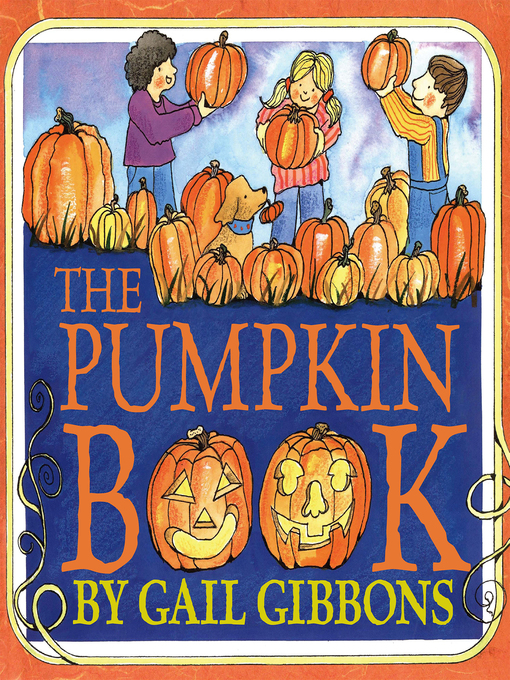Big, small, round, tall — pumpkins come in all shapes and sizes. Here one learns the marvels of the growth cycle of these incredible plants — from flat seeds, to thick vines covered in golden flowers, to brilliant orange pumpkins! Gail Gibbons also relates the special role pumpkins played in the first Thanksgiving. Simple and clear directions for drying seeds, planting and tending pumpkin patches, and carving funny or scary faces are included in the book, along with a fascinating section on pumpkin facts and lore.
- Available now
- Sweeten Up Your Holidays!
- New eBook additions
- Graphic Novels, Manga, and Superheroes!
- New kids additions
- New teen additions
- Most popular
- Try something different
- Resources for Libraries
- New Russian Language Books
- New Spanish Language Books
- "Se me enchina la piel" - Libros espantosos para adultos
- See all ebooks collections
- New audiobook additions
- Full-cast audio
- Great Audiobook Narrators!
- New teen additions
- New kids additions
- Available now
- Most popular
- Try something different
- See all audiobooks collections
- Diverse Families
- Family Road Trip
- Reese Witherspoon's Book Club Reads
- The 100 Best Teen Books of All Time!
- Spies, Lies & Political Intrigue
- Great Adult Books for Teens!
- Transgender/nonbinary reads
- What's Next? Getting to a New Normal
- Twisty Psychological Thrillers
- Need a Laugh?
- Learn English
- African-American Romance
- Burnout: Signs, Symptoms and Strategies
- See all featured collections collections



